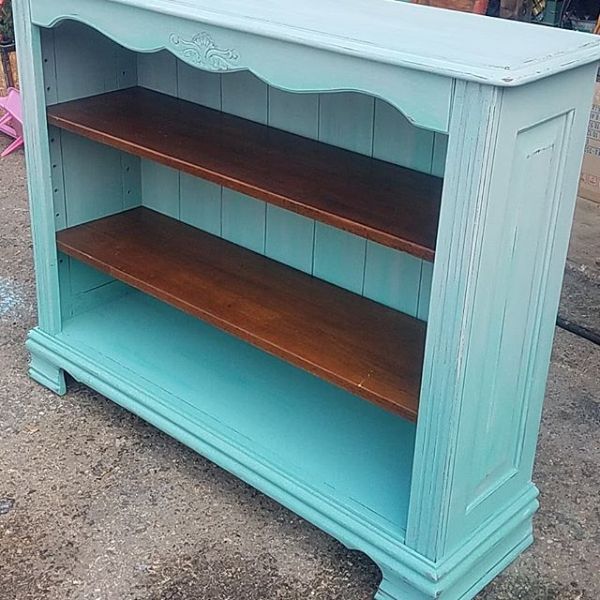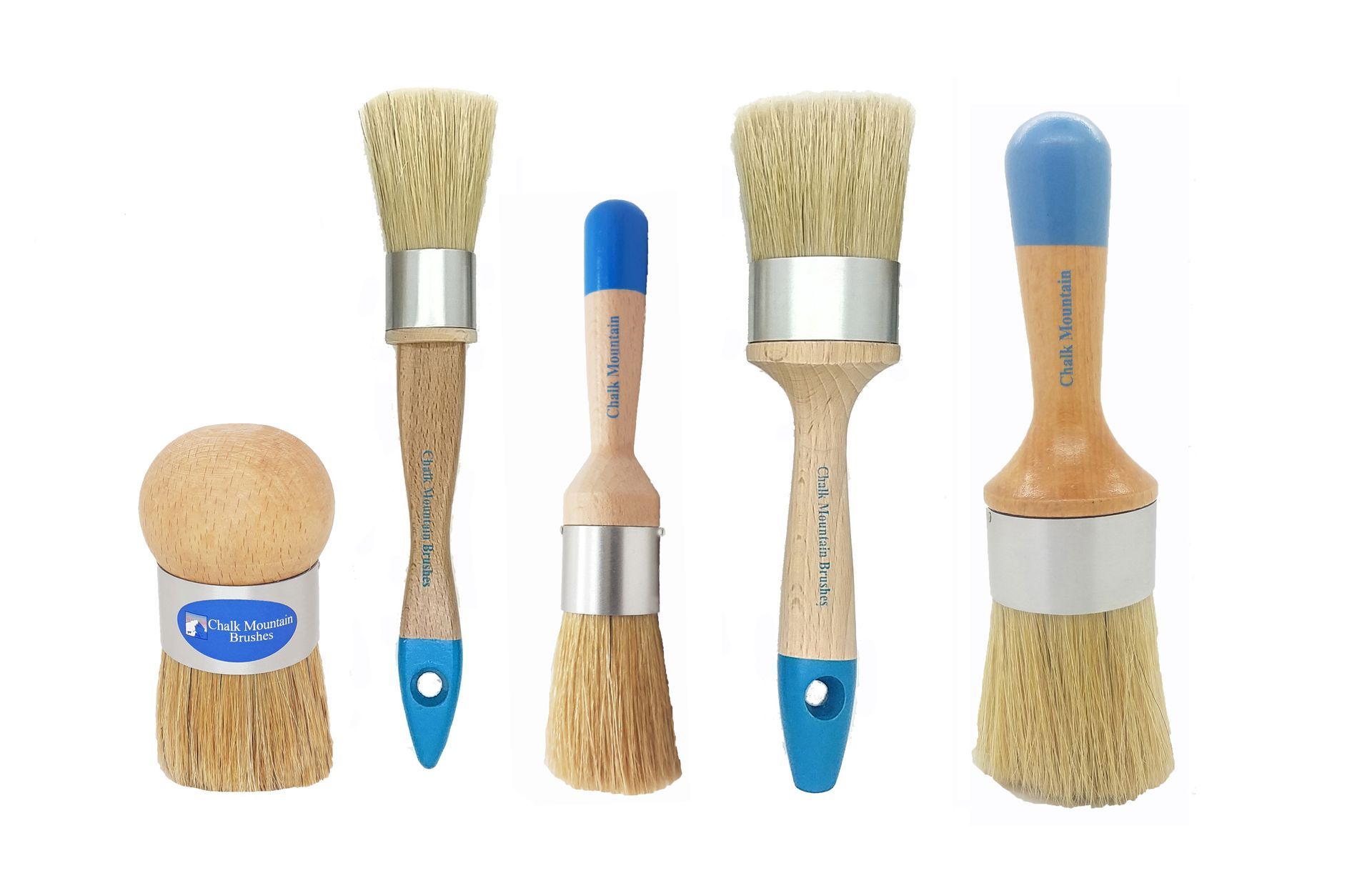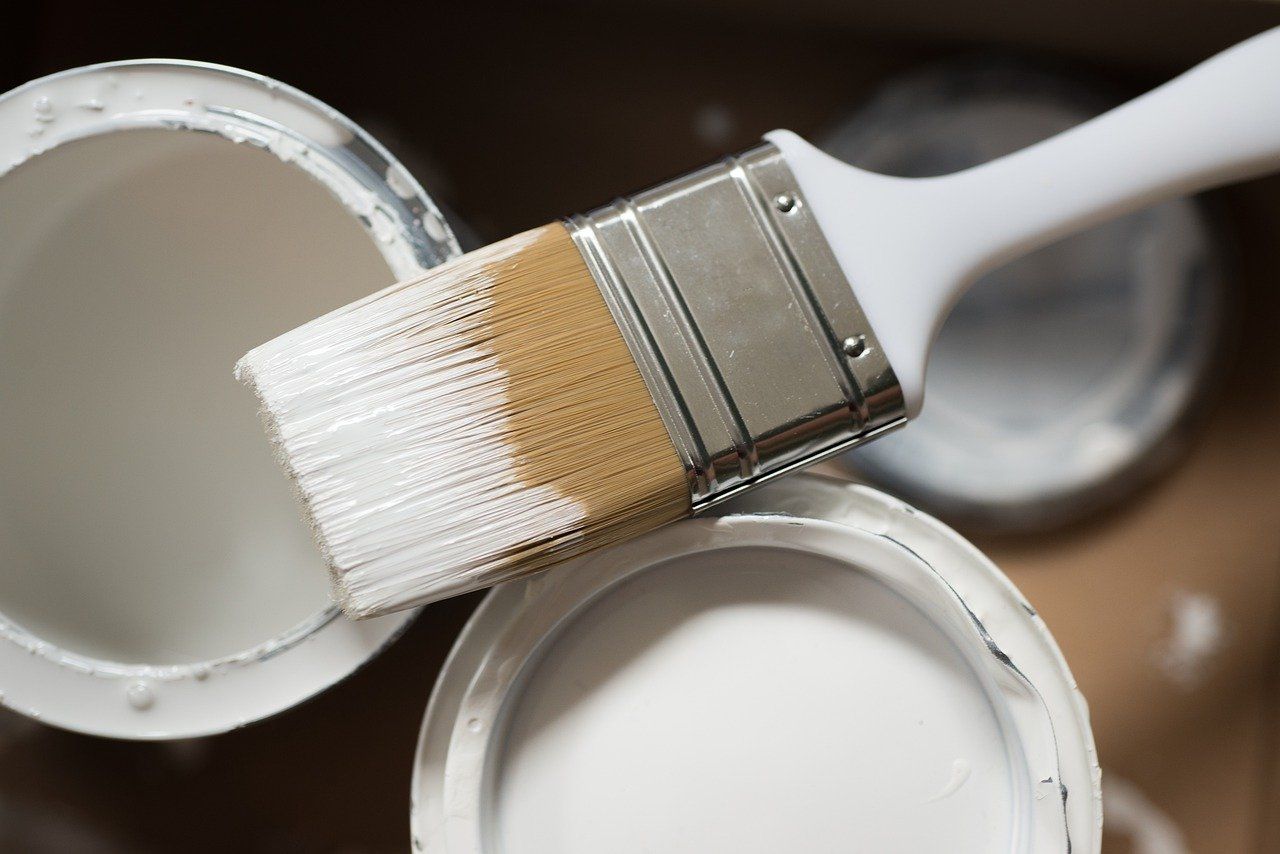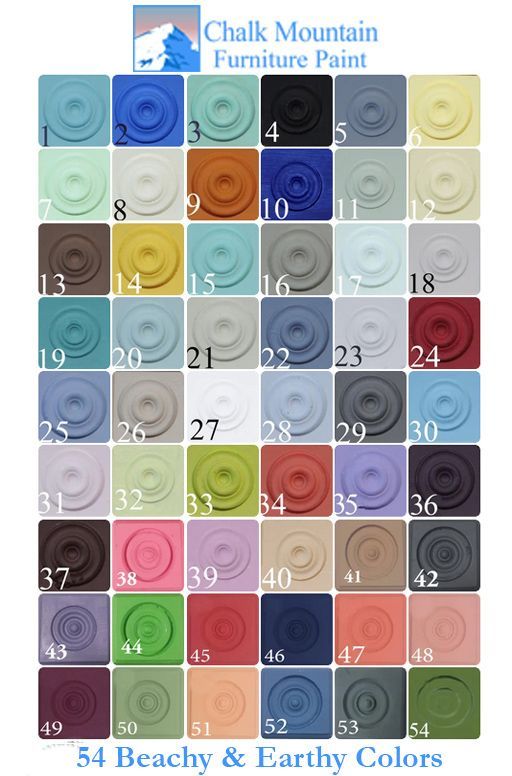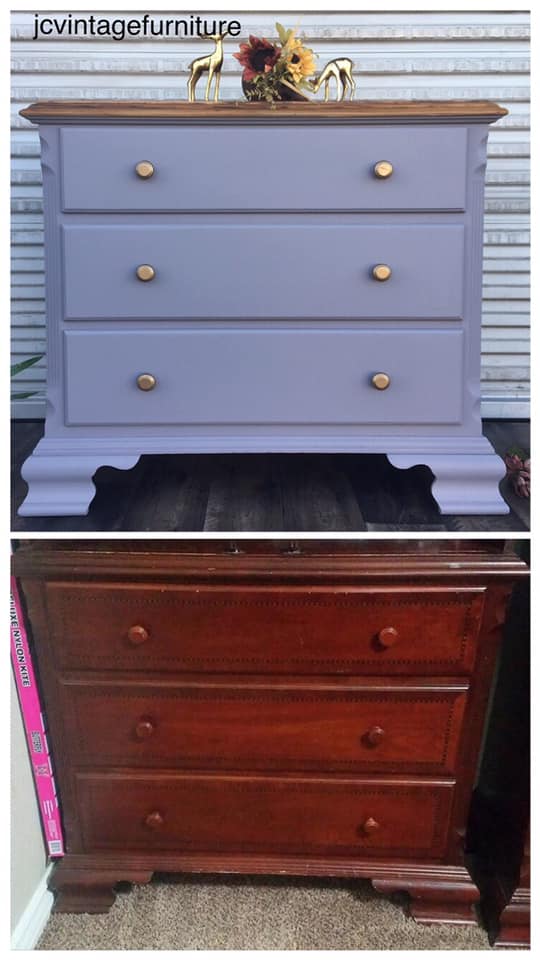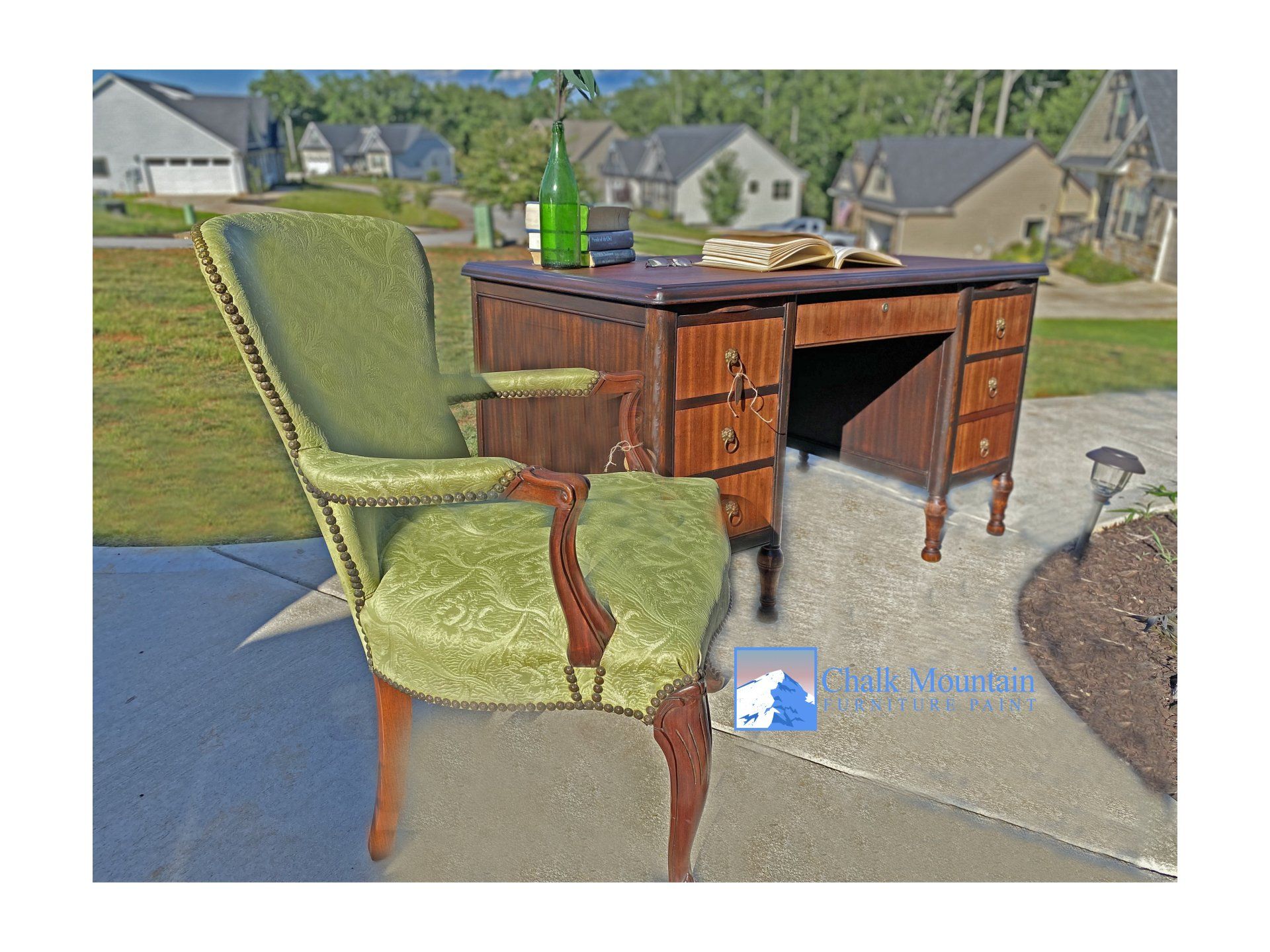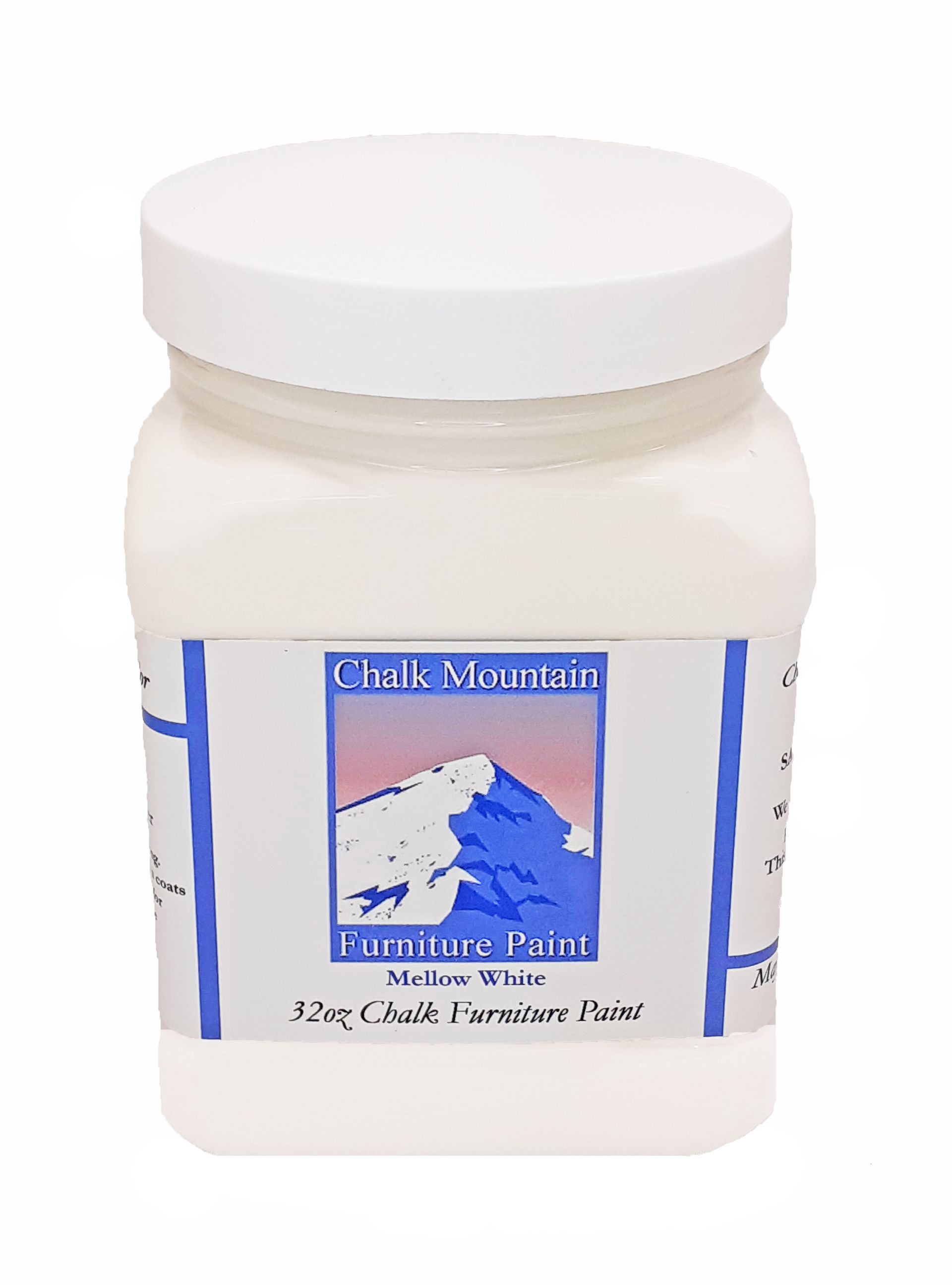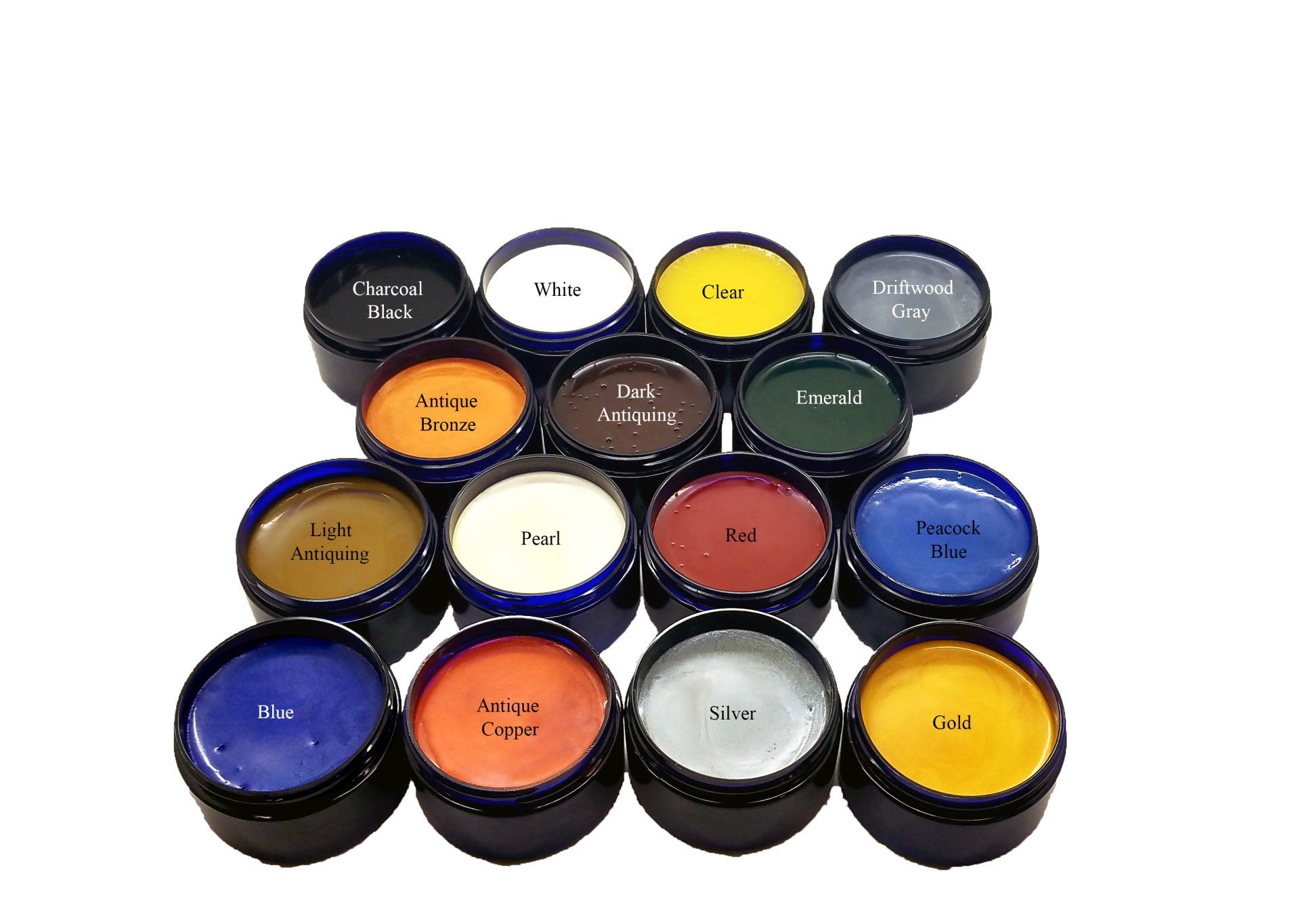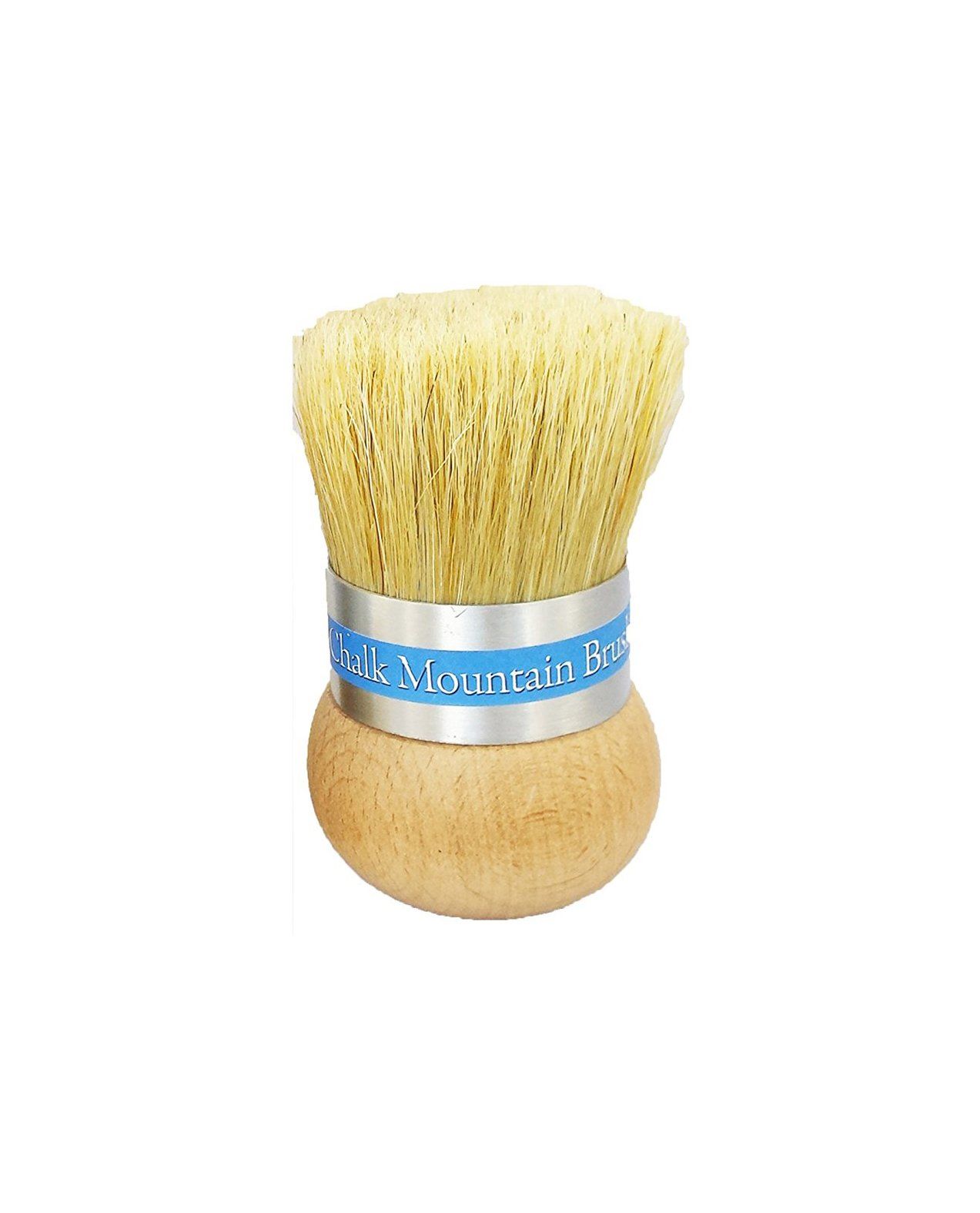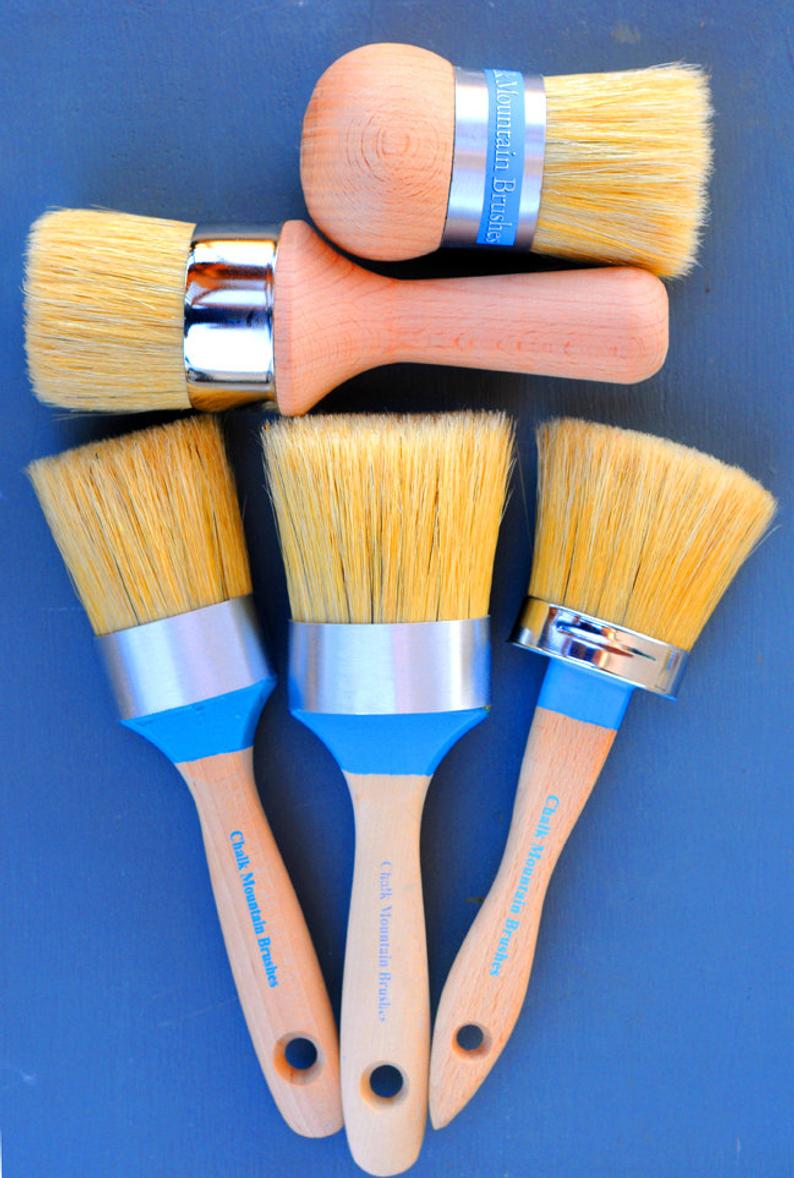Furniture Painting: A Complete Guide
Bringing your Piece Back to Life
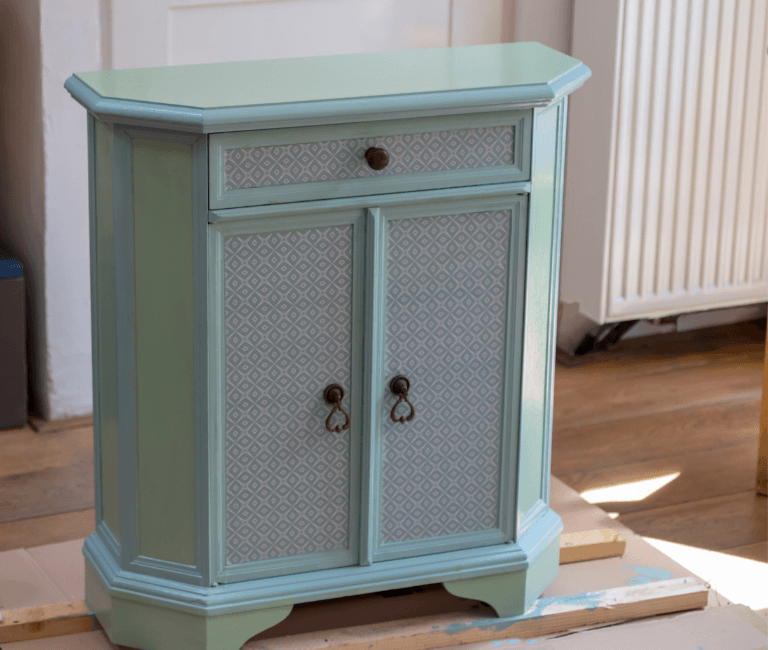
Furniture painting is a great way to update the look of your home without spending a lot of money. You can transform old, outdated furniture into something that looks brand new with a few simple steps.
In this article, we will discuss everything you need to know about furniture painting, from choosing the right paint to the best techniques for achieving a professional finish. We will also provide tips on how to avoid common mistakes, so that you can get the best possible results.
Why Paint Furniture?
There are many reasons why you might want to paint furniture. Perhaps you have some old pieces that you no longer like the look of. Or maybe you want to change the color scheme in your home and need a way to update your furniture. Whatever the reason, furniture painting is a great way to give your home a new look.
Benefits of Furniture Painting.
There are many benefits to furniture painting. Here are just a few:
- It's a relatively inexpensive way to update your home
- You can choose any color or finish you want.
- You can customize your furniture to match your personal style.
- It's a fun and rewarding project that you can do yourself.
What You Need to Get Started:
Before you start painting your furniture, you will need to gather a few supplies. Here is a list of the basics:
- Paint: Choose a paint that is specifically designed for furniture. This will ensure that the paint will adhere properly to the surface of the furniture and that it will be durable.
- Sandpaper: You will need to sand the furniture before you paint it. This will help to create a smooth surface for the paint to adhere to.
- Paint brushes: You will need a variety of paint brushes to apply the paint. A small brush is good for getting into tight spots, while a larger brush is better for covering large areas.
- Painter's tape: Painter's tape will help to protect areas of the furniture that you don't want to paint.
- Safety glasses: Safety glasses will protect your eyes from paint splatter.
Choosing the Right Paint
When choosing paint for furniture, there are a few things you need to keep in mind. First, you need to decide what type of finish you want. There are two main types of finishes: flat and glossy. Flat finishes are less shiny than glossy finishes, but they are also more durable. Glossy finishes are more reflective, but they can be more difficult to apply, and they are not as durable as flat finishes.
Once you have decided on a finish, you need to choose the right color. You can choose any color you want, but it is important to consider the overall style of your home. If you have a lot of dark furniture, you might want to choose a lighter color for your new paint job.
Preparing the Furniture
Before you start painting, you need to prepare the furniture. This means sanding the furniture to remove any old finish and to create a smooth surface for the new paint to adhere to. You should also use painter's tape to protect any areas of the furniture that you don't want to paint.
Applying the Paint
Once the furniture is prepared, you can start painting. Start by applying a thin layer. This will help the paint to adhere to the surface of the furniture and will also help to prevent the wood from bleeding through the paint. Once it is dry, you can start applying the paint. Apply the paint in thin coats, allowing each coat to dry completely before applying the next coat. This will help to prevent the paint from cracking or peeling.
Finishing Touches
Once the paint is dry, you can add a finishing touch. This could be a clear coat of varnish or a coat of wax. A clear coat will protect the paint and make it more durable. Wax will give the furniture a warm, antiqued finish.
Tips for Avoiding Mistakes
- Use the right type of paint for the job.
- Prep & Sand the furniture before you paint it.
- Apply the paint in thin coats.
- Allow each coat of paint to dry completely before applying the next coat.
- Use a clear coat or wax to protect the paint.
